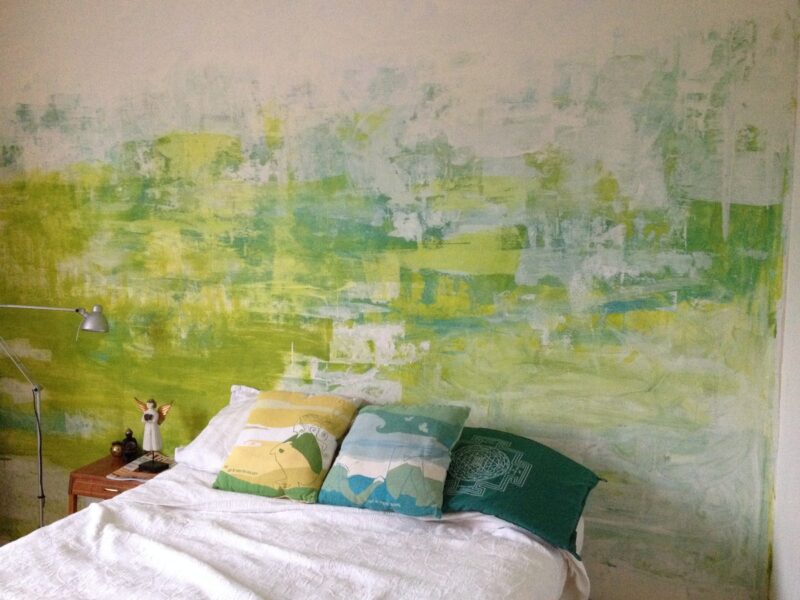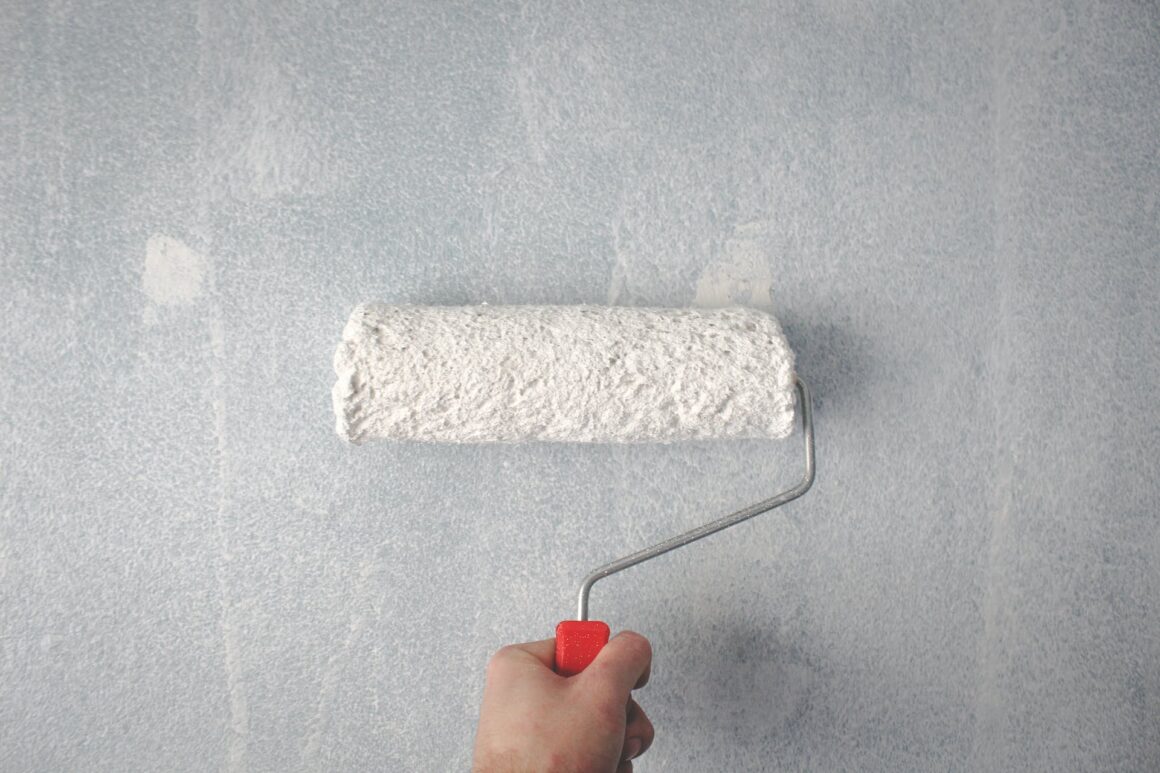Are you tired of staring at those dull, lifeless walls in your home? Well, it’s time to grab a paintbrush and give your space a fresh new look! Painting a room can be a fun and rewarding DIY project that can instantly transform the ambience of any space. And the best part? You don’t need to be a professional painter to achieve professional-looking results. With a few handy tips and tricks up your sleeve, you’ll be painting like a pro in no time!

1. Preparation is Key:
Before you even think about dipping that brush into a can of paint, take the time to properly prepare the room. Start by removing furniture, covering the floor with drop cloths, and protecting any fixtures or trim with painter’s tape. Don’t forget to fill any holes or cracks in the walls and give them a good sanding to create a smooth surface for the paint to adhere to.
2. Choose Quality Tools and Paint:
Investing in high-quality tools and paint will make a world of difference in the final outcome of your project. Opt for brushes and rollers with synthetic bristles or fibres, as they tend to hold paint better and provide a smoother finish. When it comes to paint, choose a reputable brand that offers good coverage and durability. Remember, quality tools and paint may cost a bit more, but they will save you time and frustration in the long run.
Here are some DIY tips:
- Invest in quality brushes and rollers that are suitable for the type and finish of the paint you are using. For example, if you are using latex paint, use synthetic brushes and rollers. If you are using oil-based paint, use natural bristle brushes and rollers. Choose brushes that have tapered edges and flagged tips for smooth and precise cutting-in. Choose rollers that have the appropriate nap length for the texture of your walls. For example, use a short nap roller (1/4 inch to 3/8 inch) for smooth walls, a medium nap roller (3/8 inch to 1/2 inch) for slightly textured walls, and a long nap roller (3/4 inch to 1 inch) for rough walls.
- Use a paint tray with a disposable liner or a paint bucket with a grid for loading your roller with paint. This will help you avoid overloading or underloading your roller, which can cause uneven application and wasted paint. Use a paint pail with a handle and a brush holder for holding your paint and brush while cutting in.
- Use painter’s tape with edge lock technology to mask off the areas that you don’t want to paint, such as the trim, windows, doors, ceiling, and outlets. This will help you create sharp and clean lines and prevent paint from bleeding under the tape. Press the tape firmly along the edge and remove it slowly and carefully before the paint dries completely.
- Use high-quality paint that has good coverage, durability, and washability. Choose a paint that is suitable for the surface and the room you are painting. For example, use a paint that is formulated for walls and ceilings, not for woodwork or metal. Use a paint that is suitable for the moisture and traffic level of the room. For example, use a paint that is resistant to mould and mildew for bathrooms and kitchens, and a paint that is easy to clean for hallways and living rooms. Choose a paint that has the finish and colour that you desire. For example, use a flat or matte finish for hiding imperfections and creating a cosy atmosphere, a satin or eggshell finish for adding some sheen and durability, or a semi-gloss or gloss finish for highlighting details and making a statement. Choose a colour that complements your existing furniture, flooring, and accessories, and that reflects your personal style and mood.
3. Prime, Prime, Prime:
Priming your walls before painting is a step that should never be skipped. Primer helps to create a uniform surface, improves paint adhesion, and enhances the colour and durability of the final coat. It also helps to hide any stains or dark colours on the walls. So, don’t be tempted to cut corners – prime those walls and watch your paint job shine!
Related:
4. Test Paint Colors:
Choosing the perfect paint colour can be a daunting task. To avoid any regrets, it’s always a good idea to test the colour on a small section of the wall before committing to it. Paint a few swatches and observe how they look in different lighting conditions throughout the day. This will help you make an informed decision and ensure that you end up with a colour you love.
5. Paint from Top to Bottom:

When it’s time to start painting, begin at the top of the room and work your way down. This way, you can catch any drips or splatters as you go, without ruining the freshly painted areas below. Start with the ceiling, then move on to the walls, and finish with the trim. Take your time and apply thin, even coats for a professional-looking finish.
6. Don’t Forget the Edges:
One common mistake many DIY painters make is neglecting the edges and corners of the room. To achieve a polished look, use a smaller brush or an edging tool to carefully paint along the corners, baseboards, and trim. This attention to detail will make a world of difference in the overall appearance of your paint job.
7. Take Breaks and Step Back:
Painting a room can be a time-consuming task, so don’t be afraid to take breaks and step back to assess your progress. This will give you a fresh perspective and allow you to spot any areas that may need touch-ups or adjustments. Remember, Rome wasn’t painted in a day!
Conclusion:
With these DIY tips in your arsenal, you’re ready to tackle your next painting project like a pro. Remember to prepare the room properly, choose quality tools and paint, prime the walls, test colours, paint from top to bottom, pay attention to edges, and take breaks to assess your progress. Before you know it, you’ll have a beautifully painted room that will make you the envy of all your friends and neighbours. Happy painting!











